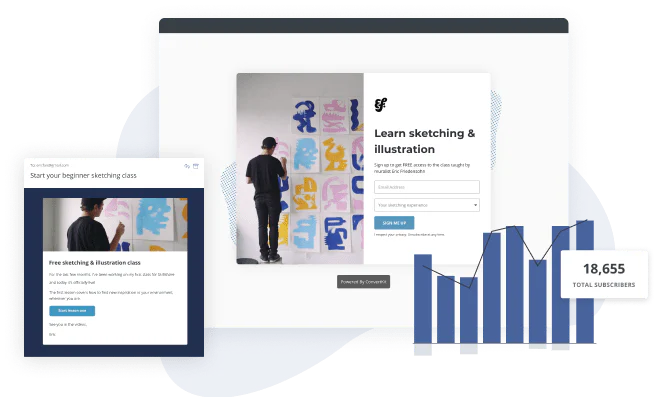In this Article
We’re in an exceptional era of ambitious creators—those who make a living doing a job they love because they’re the one that created it.
They get to shape it how they want; take care of themselves, their family, their livelihood by doing what they love.
Our 2023 State of the Creator Economy report shows that almost 80% of creators expect to make more from their business this year than last year, and that income is the top priority across the board. Almost 50% of creators made more income last year than the previous—it’s an exciting, upward trend.
If you want to be another thriving creator and stake your claim in the creator economy, this article gives you the breakdown of how creators are investing in their business and how you can do the same, along with examples and tips.
Dear creator, you’re exactly where you’re supposed to be. Let’s dive in.
4 ways creators invest in their business
From building reliable streams of income to finding new creators to partner, creators are taking the time to invest back into their business to see big results.
1. Owned income streams: digital products and services
Digital products and services are the income streams you truly own. They give you the full, creative freedom and the ability to meet your audience exactly where they need you.
Online courses. Workshops. Masterminds. One-on-one coaching. Monthly memberships. Templates. Workbooks. Ebooks. Photos. Music. Paid newsletters. Paid podcasts. The list of product ideas you can tap into goes on and gives you the ultimate playground to build one or more owned income streams you genuinely enjoy working on.
It’s no surprise that in our creator economy report, 25% of creators said they plan to incorporate digital products as a new income stream this year. It’s by far the most popular option for expanding a creator business.
The pure diversity of products you can sell means you can create offers across different pricing ranges and engagement types. You can have a $50 product and a $1,000 product, both hitting the right spot with the right audience—and increasing your revenue and profitability.
Check out these examples of creators that offer multiple products and/or services, with prices ranging from just $10 or $20 up to four-figure investments:
- Meg King: membership, six-month mastermind, one-on-one mentorship
- Jay Clouse, Creator Science: 10 courses on different topics, a yearly membership
- Marie Poulin, Notion Mastery: paid templates, one-year access to an online course
- Tiago Forte, Forte Labs: traditional books, online cohort-based course
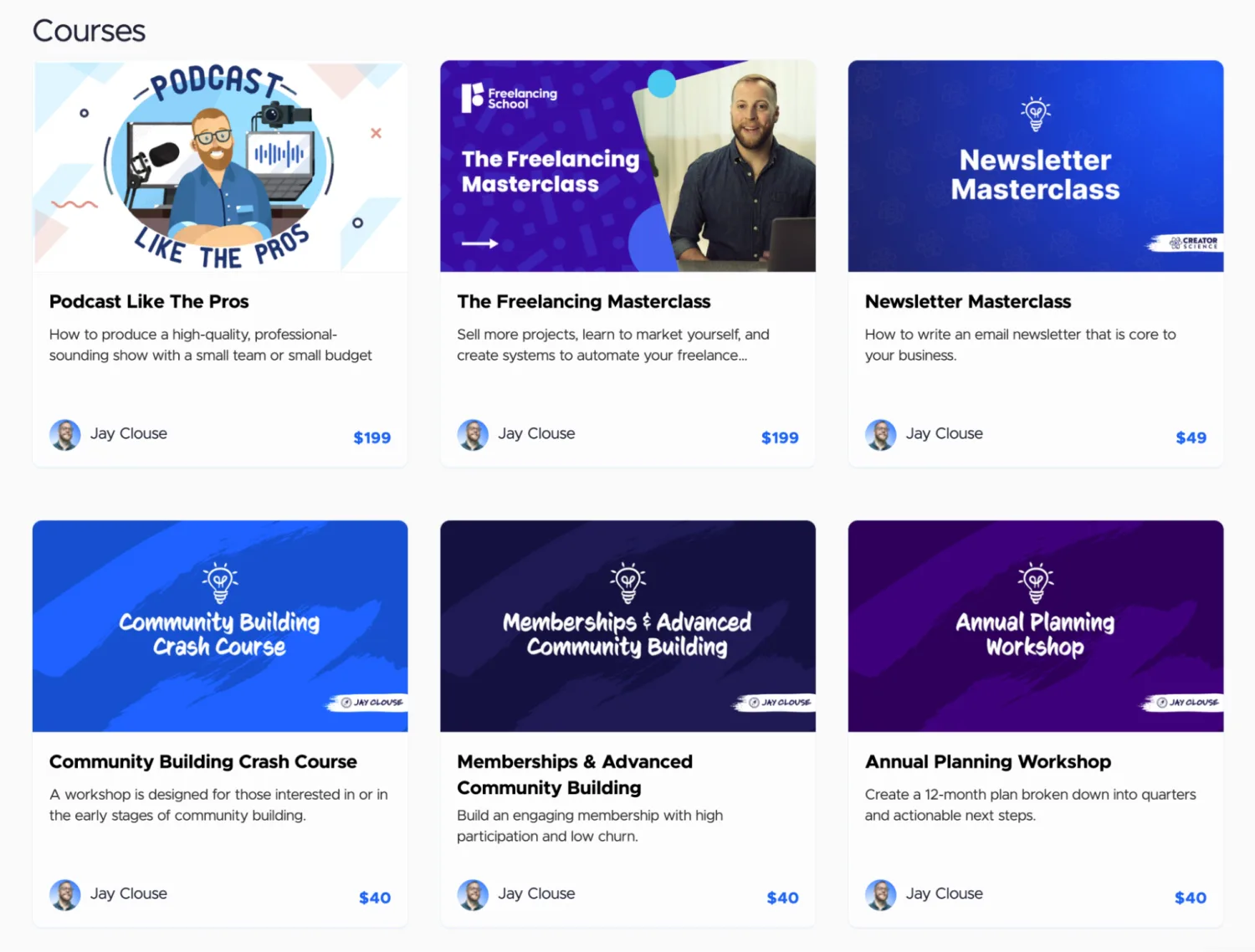
A portion of Jay Clouse’s course offerings. Image via Creator Science.
Here are a few tips you can implement to get your next income stream off the ground:
- Ask your audience about their needs. Use surveys to ask open-ended questions like “What’s your main goal this year?” or offer multiple choices to specific questions—or both.
- Use landing pages to gauge interest and build a waitlist. You can promote an idea for a product before you create any part of it, and nurture a list of people who are genuinely interested in that topic.
- Leverage launch emails to maximize your product’s success. If the concept of a product launch intimidates you, this product launch email article is for you—examples and templates included.

Meg King’s one-on-one mentorship is at capacity, but she makes it easy to sign up for a waitlist with a landing page. Image via Meg King.
2. Powerful partnerships: sponsorships, collaborations, and affiliates
“If you want to go fast, go alone; if you want to go far, go together,” one proverb says.
Chances are you want to go far, so working with brands and collaborating with creators might just be the way to do it. According to the creator economy report, around 10% of creators want to add collabs and partnerships as one of their income streams.
There’s a range of benefits from pursuing partnerships in your creator business. When partnering with another creator, you can jointly attract more people and grow your respective audiences and revenue. And when bringing a sponsor on board, you can monetize the content you’re already creating and the topics you’re already talking about.
If this is something you want to consider, here’s a rundown of ways to use partnerships as a creator:
1. Kit’s Creator Network.
Lean on the Creator Network to discover other creators, recommend them to your audience, get recommended by other creators, and even get paid by opening up paid recommendation slots.
Everything you need to know to get started is in our Creator Network article.
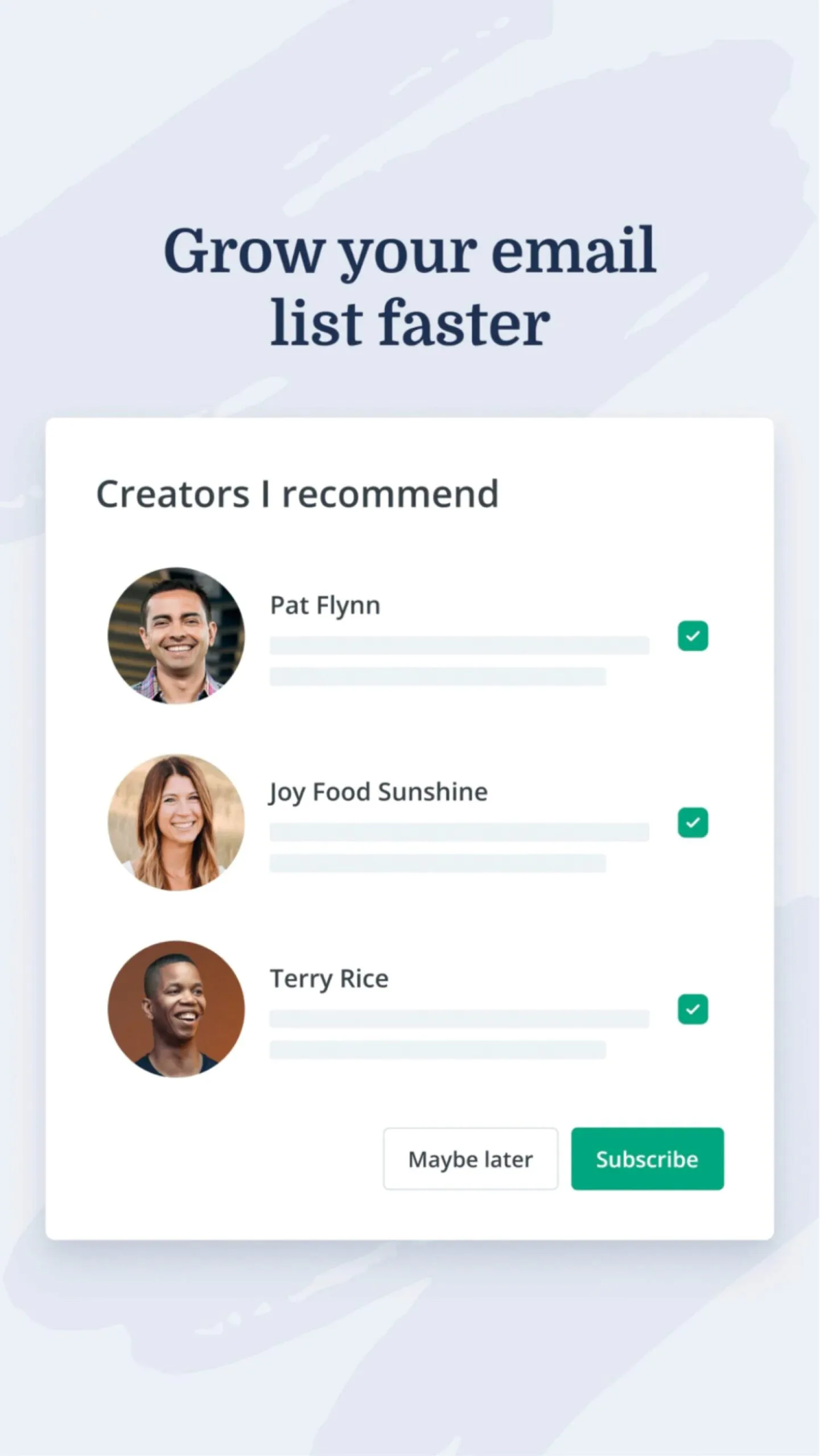
2. Unpaid creator collaboration.
Join forces with a creator that serves a relevant audience to yours to create a free resource, like webinars, YouTube videos, or guest blog posts with the goal to reach more people and expand your audiences.
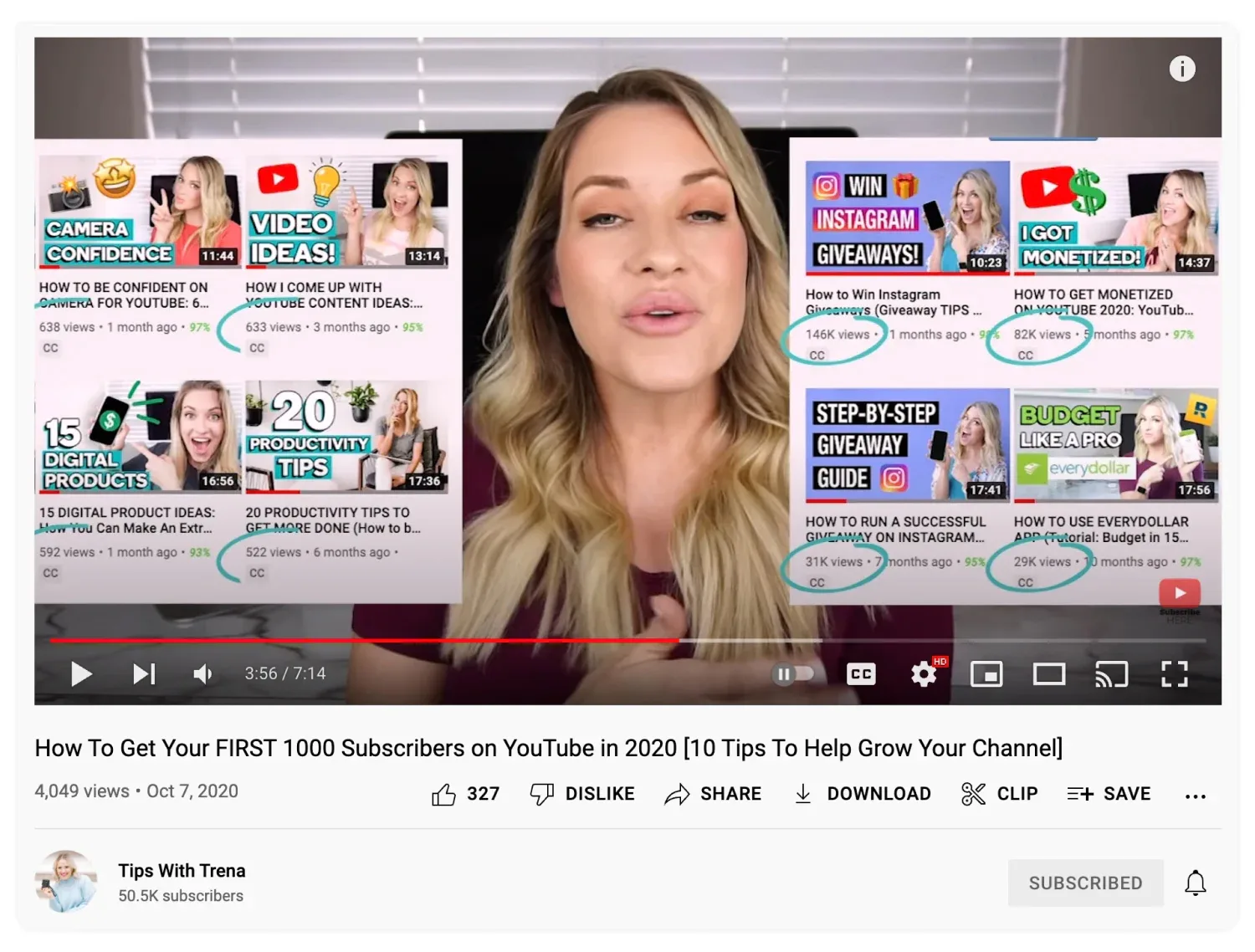
Example of a YouTube collaboration between Morgan Stradling and Trena Little. Image via Trena Little.
3. Paid creator collaboration.
Work with a creator on a paid product, like an online course or a paid workshop, with the goal to split the earnings that product makes. You can make an evergreen product that’s always available for purchase, or a limited-availability option (like a live session).
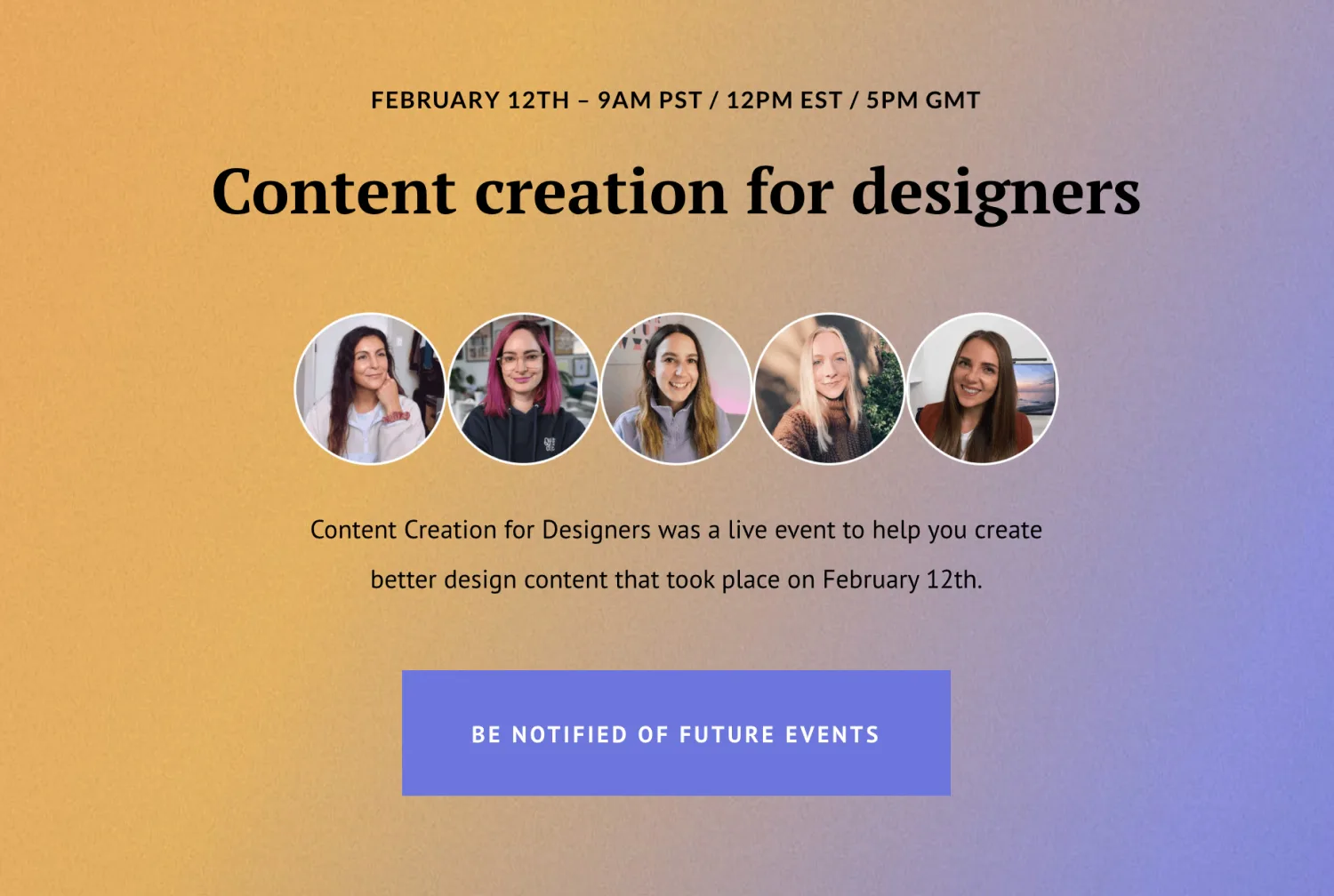
A paid workshop collaboration between five designers. Image via Content creation for designers.
4. Brand partnerships.
Work with brands that align with your content style, topics, values, and goals. From sponsored newsletters and blog posts to social media posts and YouTube videos, you have a huge range of options.
Here’s an example from Charli Marie, a graphic designer whose YouTube channel is sponsored by Figma, a design tool:
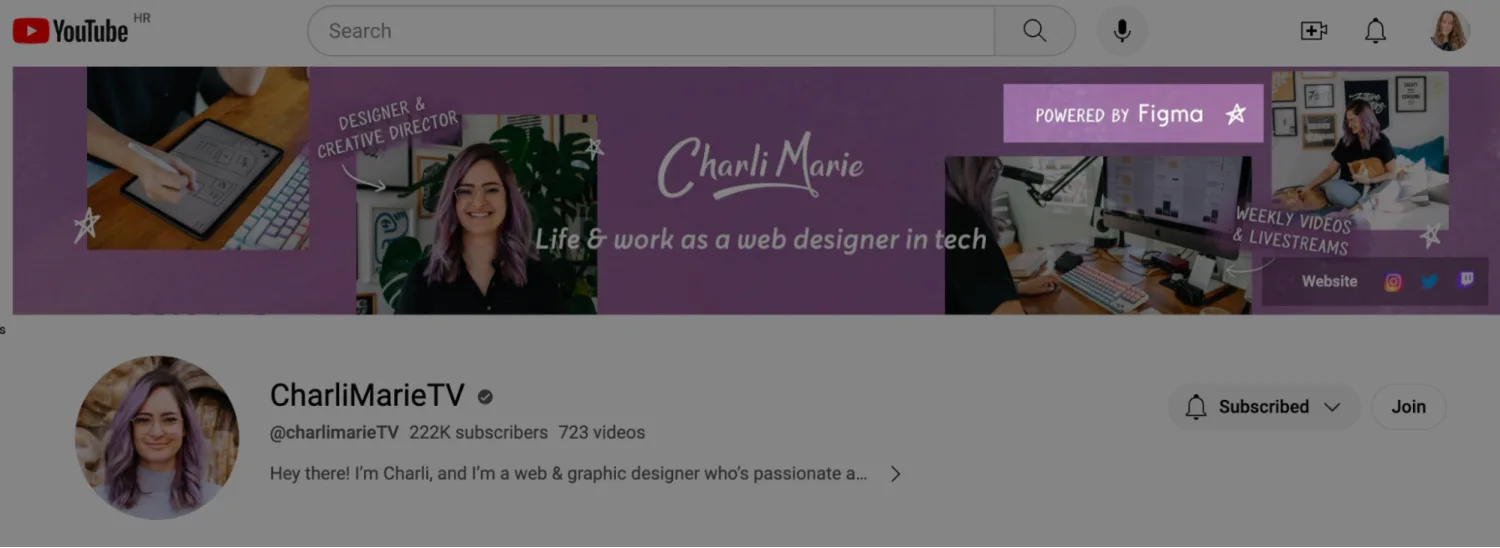
Charli Marie’s ‘Powered by Figma’ YouTube banner. Image via CharliMarieTV.
Another brand partnership example comes from the food blog Pinch of Yum, whose creators partner with companies on blog posts and Instagram content:
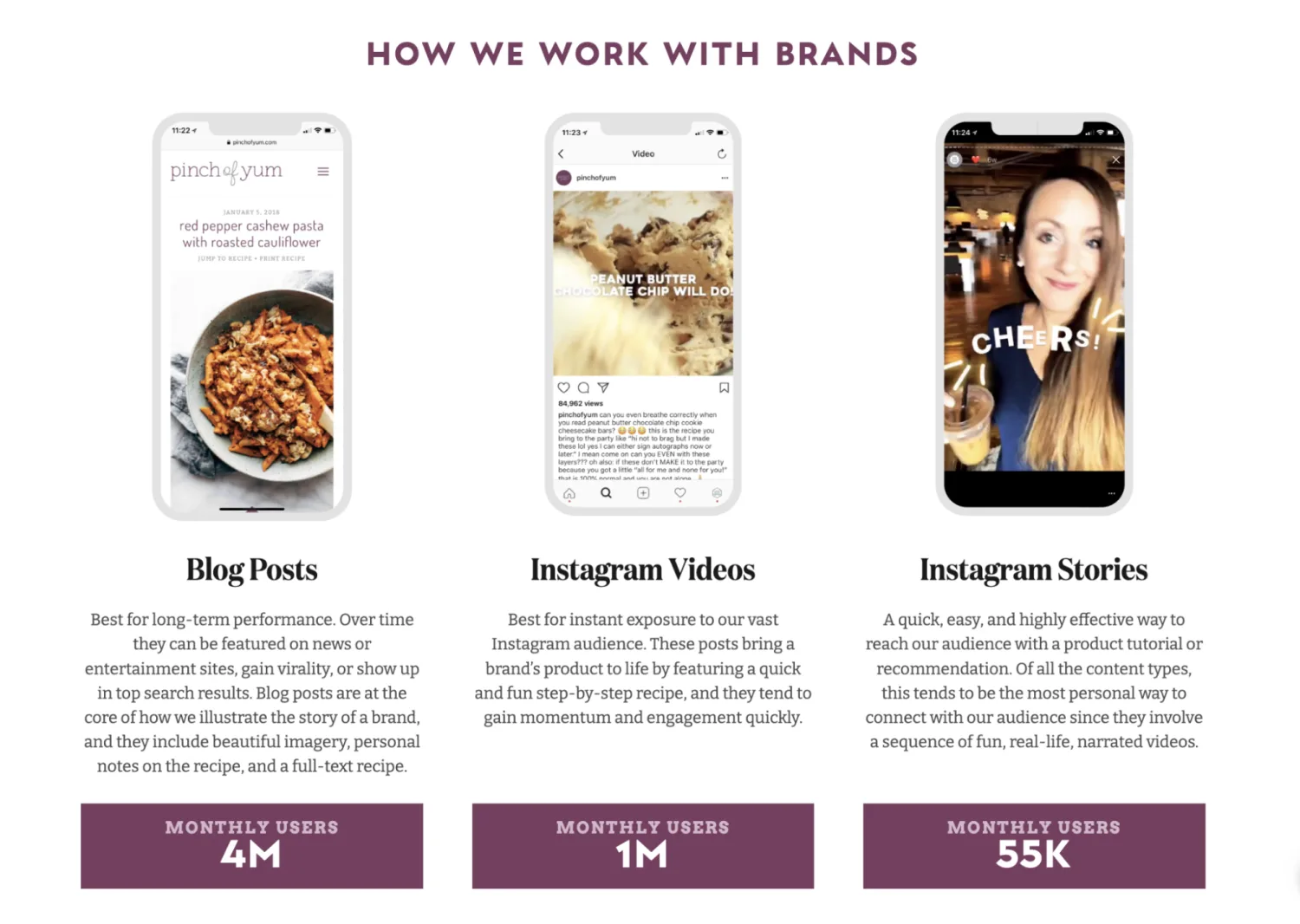
Pinch of Yum’s sponsored content page. Image via Pinch of Yum.
5. Affiliate partnerships.
Promote tools, services, and products that your audience would find helpful through affiliate links. The key is to only do so for resources you believe in and that are relevant to people you want to reach—it makes your relationship with them, and your use of affiliate links, transparent.
You can add these links to blog posts, social media posts, or even a dedicated page on your website for the tools and resources you recommend. Don’t forget to disclose these are affiliate links!
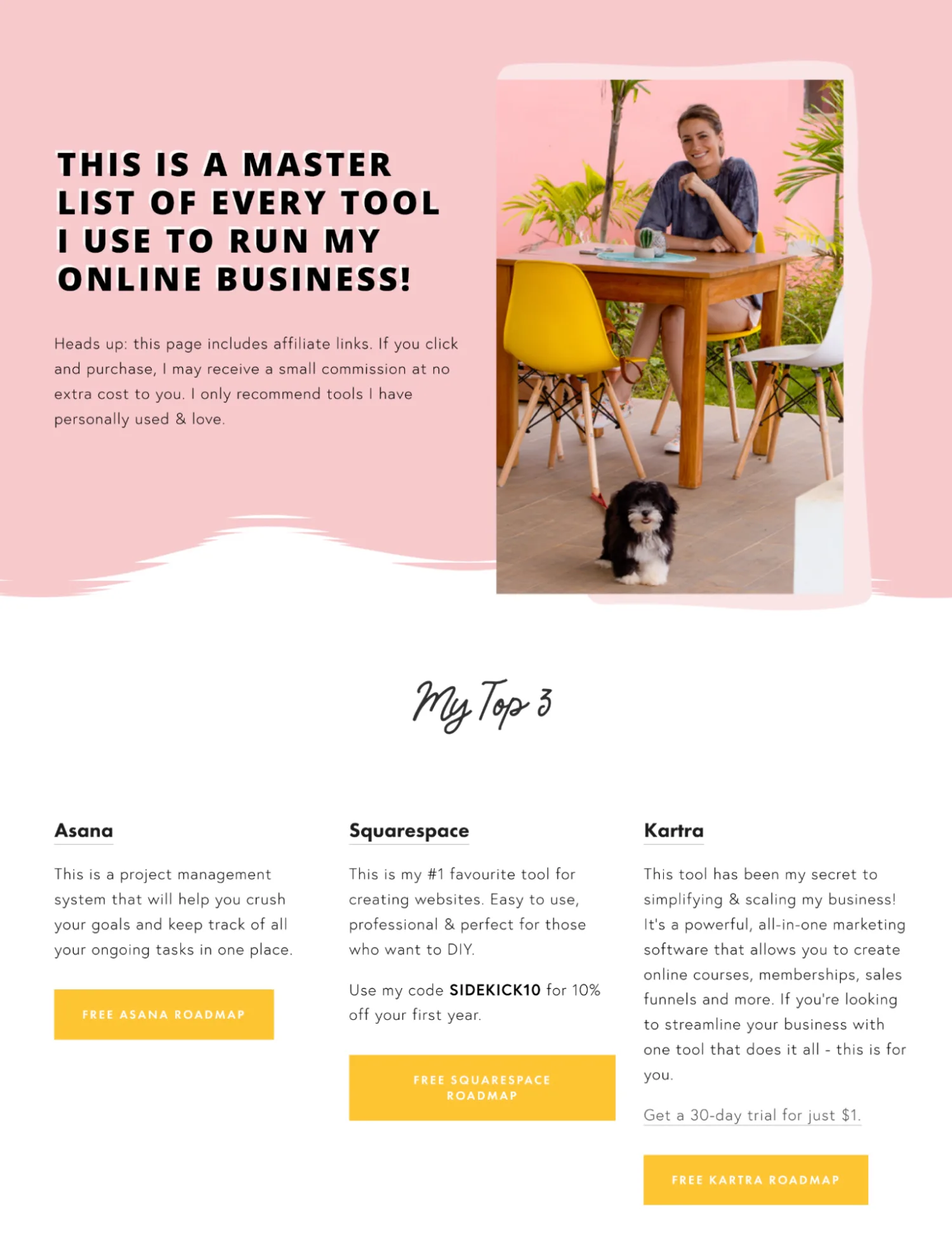
Louise Henry’s recommendation page for tools. Image via Louise Henry.
The core tip to make partnerships work in your creative business?
Go for quality over quantity. Collaborating with dozens of creators and promoting hundreds of affiliate links might dilute your efforts to create unique value for your audience. Focus on resources and opportunities that truly match your goals, values, and vibe—and your audience will reward you for it.
3. Tools and tech
You can’t run an online business without relying on tools, which can be free or paid based on the features and capabilities they give you.
If you want to be a profitable creator, it’s easy to think that spending as little money as possible to create content and launch products makes the most sense. And when you’re just getting started, it sure does.
But the behind-the-scenes of running a smooth, profitable creative business has many layers, including:
- Creating and publishing content, including writing, graphic design, video/audio recording and editing, scheduling long-form content and/or social media posts
- Building an email list, including landing pages, scheduling emails, analyzing open and click rates, offering lead magnets
- Launching digital products, including sales pages, platforms to host products, community platforms, tools for creating product materials like videos and lessons
There’s also analytics, hosting platforms, call schedulers, SEO tools, and so much more that can support your efforts to build and nurture a loyal audience, and make a living from it.
Here’s the thing: many of these tools, platforms, and services can only do so much on a free plan. For example, free social media schedulers often limit you to a certain number of posts or social accounts. Free SEO tools tend to provide limited reports.
It’s no surprise then to see that 47% of full-time creators spend $500 or more per month on their creator business, as our creator economy report revealed. This is an increase from 28% of professional creators who spent that amount in our previous report.
That’s not to say you shouldn’t make the most out of free tools if they match your needs—you 100% should. They alone can help you scale and transform your business. For example, Kit’s free plan gives you unlimited landing pages, forms, and broadcasts, a way to sell digital platforms, and the capability to tag and segment your audience.
But as your audience grows, the right tools will fuel your capability to monetize this growth. They’ll enable you to multiply your growth without multiplying your workload. Here are our suggestions:
- SEO tools like Semrush or Ahrefs will help you publish content that can bring in thousands of search visitors over many weeks, months, and even years
- An email marketing platform like Kit has automations to promote your revenue generators on autopilot and newsletter referrals for consistent growth
- Integration tools like Zapier to connect various parts of your tech stack so you can stop doing repetitive manual tasks, like adding people who filled out a Typeform on your website to your welcome sequence in Kit
4. Hiring specialized help
As a creator, you’re always balancing your time between running the day-to-day aspects of your business (like content creation and backend admin) with potential opportunities (like a new course, partnership, or content format you want to explore).
That means you’re wearing a dozen hats on any given week… Which can make it a real challenge to go all in on any one of those hats.
This year’s creator economy report shows that creator teams are small: 26% of creators only have one or two employees, and just 4% of creators have more than 10 people on their team.
But the report also shows creators want to free up time to work on what they love the most—40% of them are looking to expand their team in 2023.
Just like with tools, it can be tough to invest the money you worked so hard to earn as a creator. But it’s the creator’s equivalent of “ slowing down to speed up” because although paying for help means you’ll earn less at first, the time and energy you free up with it will allow you to earn more in the long run.
Some ways you can hire specialized help so you can focus on the core of your creative business include:
- Admin tasks-like invoicing, paying for invoices, scheduling meetings, and managing your inbox
- Operations tasks– like updating your website, uploading content to your blog platform or YouTube, and managing your community
- Customer service tasks– like monitoring comments and collecting testimonials
- Public relation tasks– like pitching for speaking, podcast appearances, and guest post opportunities
These won’t just give you the chance to grow your revenue, but to heal from burnout—or prevent it entirely. Our report found that 47% of creators experienced burnout in the last year, which is lower than the year prior, but still indicates room for improvement.
Creator burnout is complex, often layered with anxiety, exhaustion, and detachment. There’s perceived pressure to post online everywhere, all the time, and to always show up as your best self.
By offloading and outsourcing tasks that aren’t in your zone of genius or that just aren’t enjoyable means you can deeply connect with your ‘why’ and your audience—and get the rest you need regularly—so you can build and run a sustainable career and business.
It’s your turn to invest in your business and scale it to the next level
Growing as a creator is about spending your time and money where they can make the most impact.
Build your income streams through original products, partnerships with creators and/or brands, and a digital tip jar. Multiply what you can do with your time by investing in the right tools and humans.
A combo of those will set you up for lasting success—one where you make a living doing what you love, serving an audience you care about, talking about your favorite topics. Creators just like you have made that happen with Kit, a multi-purpose creator marketing platform.


